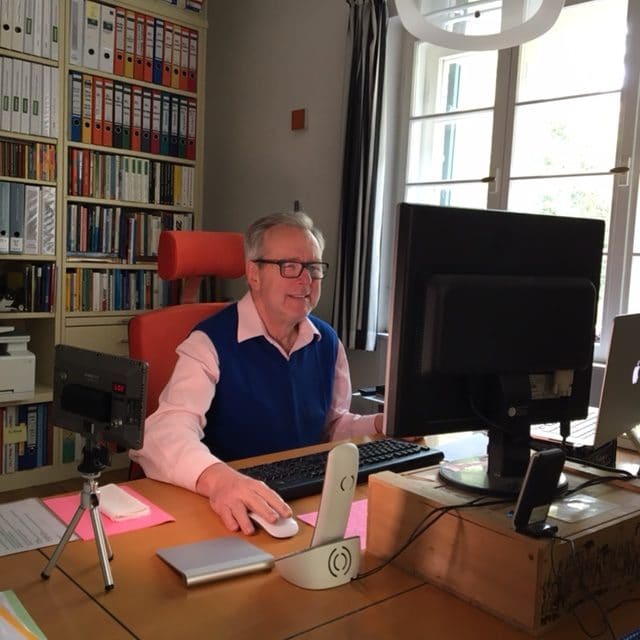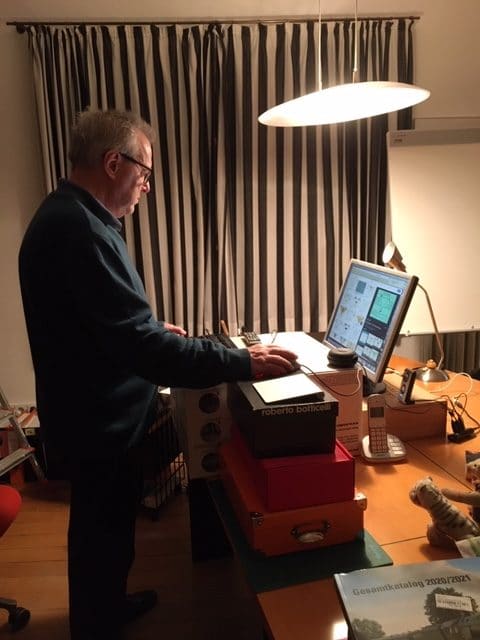But be careful: once permanent access to all is technically ensured, under home office conditions it may well be thought of as permanent availability. Customers, managers, employees know that e.g. middle managers are simply “there”. Consequently, the calenders of those are completely booked. In some organizations, seven to eight one-hour meetings a day have long become custom…
Consequences for Personnel management:
This also calls for discipline on the part of managers – the home office is actually a synonym for individual work. And that has to be done at some point. It is possible that setting dates in Outlook without consultation is not the method of choice …
In the New Normal, executives will have to trust, more than ever before, and have to say good bye to any micro management because it just doesn’t work.
The continuous virtuality of co-working, suddenly required, could also slow down processes. In the case of minor hickups, you could make eye contact, standing up and go there, look for and find material that was missing – none of that is just as easy in Home Office. And many sales and commercial tasks urgently require contact “with the outside world”, which to quite some extent can be done with the help of IT. But personal visit is still limited. It is all the more urgent to maintain lively contact virtually, still.
Conclusions for personnel management: Managers and employees quickly trained new forms of informal contacts, even to solve everyday problems. In this way, they ensured mutual trust and, at the same time, efficiency: short phone calls, text messages, spontaneous virtual meetings … However, emails and, even more so, scheduled virtual conferences are far less suitable for agile communication!
And: work is a tried and tested means against gloom! Much can be done virtually and without major losses, and if all goes well, with more fun also!
There are left-overs of COVID times, such as supply shortages. Leading to temporarily slowed down or idle production, shrinking markets … All of that has also changed routine processes: Situational agile action was required. Until new routines were established, with new processes using new tools – in Home Office. Which led to the good old times were being glorified, often – with nostalgy. And the war against Ucraine makes all of this even more pressing: not only are chips in short supply, but also wheat… So, the change to New Normal, with Home Office and Mobile Working, is not organic, but happens in the middle of crisis managemnt and problem solving!
Implications for personnel management under “New Normal”:
Here was and is still a bit of grief work to do. We have found that in process workshops or CIP initiatives, in which the plusses and Minusses of the old procedures are evaluated, and innovations are jointly developed, allows that. And leads to commitment.





